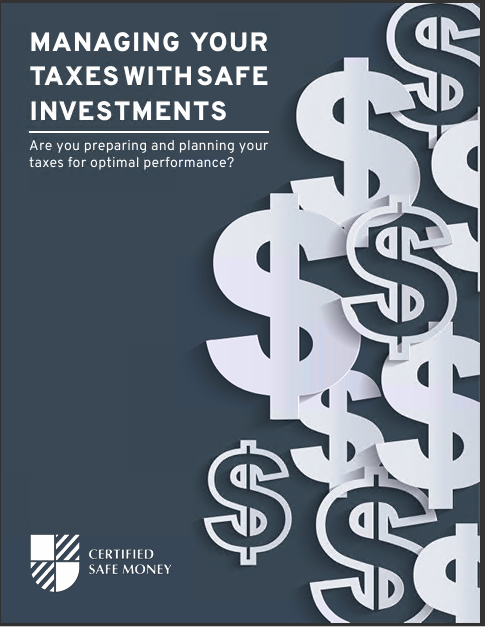It can baffle you almost as much as a song by Luc Langevin. The idea is to cash in a life insurance policy to fund one’s retirement without incurring any taxes. Having life insurance might be a great benefit to retirees who are struggling to make ends meet. As a reminder, this is not the intended use of the product. If you’re trying to save for retirement, there are much better options than insurance, so be wary of any advisor who tries to sell you on them. Surrender value as collateral This method involves buying full life insurance with a cash value. Everything depends on it. With this choice, you can get back a sizeable chunk of the premium payments made into the policy before passing away. When it is used, insurance coverage is immediately terminated. The surrender value is not available until several years have passed. When it is withdrawn, it usually comes with a hefty tax bill (it will depend on the moment chosen to recover your money). The proposed tactic is to use it as collateral to borrow up to 90% of its cash value from the bank rather than cashing it in. After the client has died and been laid to rest, the bank will get paid back from the life insurance payout. It’s similar to how we fund some retirement projects with a home equity line of credit. You can have confidence that you’ll be able to pay back the loan and any accumulated interest by taking out a loan against the value of your property. Your property can also serve as collateral. However, why is insurance problematic? Permanent life insurance meets a specific need, which is estate optimization, that real estate doesn’t. We shouldn’t sign up for it until we know we will die with much money in the bank. It is a special product for rich people. An offer of full life insurance to be used in your golden years is dubious. It would be best if you were wealthy and needed an estate plan. If that’s the case, then retirees shouldn’t need health insurance. So, either an initial lack of forethought or a change in luck led to this method. A cash value loan is, at most, a plan C or D. For example, we might utilize it to facilitate the purchase of a recreational vehicle for a client. Financial security advisor at BGY, integrated financial services, Caroline Désy, said, “We will study other options first.” There is a degree of danger inherent in taking this course of action. The bank has the right to call in the loan if specific conditions are met, such as an increase in interest rates or the loan balance being dangerously close to the guarantee amount. Suppose the policyholder doesn’t have the funds to make premium payments. In that case, they will have to surrender the policy in exchange for the cash value, resulting in a tax liability. So, the retiree ends out on the losing end. Suppose the policyholder does not have enough cash on hand to repay the loan in full without tapping into the surrender value. In that case, this tactic that Caroline Désy will disapprove of. That makes it the wealthy’s backup or fallback plan. Not most people’s first choice. Insuring Actual Needs Term life insurance is far more cost-effective and can meet 95% of your life insurance needs. The death benefit from a term policy replaces lost wages when a breadwinner dies. Settlement of capital gains taxes on intangible assets like vacation homes or rental properties can be accomplished with the death benefit from a permanent policy. Ensuring You Get From an “A” rated company As a rule of thumb, policyholders can expect prompt payment from insurance companies with an A rating because they know the company has a strong financial standing. This scale is used to score various insurance providers, allowing policyholders to quickly compare various providers’ financial stability without digging through mountains of financial paperwork. A higher financial strength rating indicates that an insurance firm is less likely to go bankrupt and ultimately cease operations. Having faith in your insurance provider in a time of need is essential. A variety of credit rating firms issue these grades. Though their scales differ significantly, they all fall between AAA and F, with AAA being the highest possible rating. Insurance ratings are assigned by organizations that analyze and evaluate the financial health of insurance providers. Financial reserves, claims payment history, business focus, firm structure, and management style are only a few of the primary variables used to rate insurance companies. Insurance rating agencies each employ their unique algorithm to assign relative weight to the various levels of financial strength ratings.
Contact Information:
Email: croweassoc@gmail.com
Phone: 6023128944














